Chasing your dreams on the court or field can be costly. But what if your talent could help foot the bill? The idea of a sports scholarship is within reach for many student athletes.
Getting a sports scholarship could be that crucial key to unlocking your academic and athletic goals. But how do you navigate the process?
This guide breaks down the steps to applying for an athletic scholarship, so that you can learn how to make your skills pay for your education.
Athletic Scholarship Application Guide
What is a Sports Scholarship?
A sports scholarship, or athletic scholarship, is an award that helps student athletes pay for college. The money does not have to be paid back. Instead, students earn this financial aid through their athletic ability.
It is common for these scholarships to cover tuition, fees, room, and board. Some might also offer stipends for books and other expenses. The exact amount can change from school to school and sport to sport.
Think of it like this: your skill on the field can unlock chances you might not have had otherwise. It’s a way to make your passion work for your future.
Why Pursue a Sports Scholarship?
Earning a sports scholarship can open doors to both academic and athletic excellence.
- Financial Relief: College is costly. A sports scholarship can lower the financial burden on you and your family. This lets you focus on your studies and your sport.
- Access to Resources: Colleges with strong athletic programs often have top-notch training facilities, coaches, and support staff.
- Personal Growth: Being a student athlete pushes you to grow, and to learn more about time management, leadership, and teamwork.
- Career Opportunities: Being a college athlete can boost your resume. It shows discipline and dedication, traits employers value.
- Networking: College sports can help you build a network with coaches, teammates, and alumni. These connections can be useful long after you graduate.
Types of Sports Scholarships
There are many paths to a sports scholarship. Understanding the options available to you will help you be better prepared to apply.
- Full Ride Scholarships: These scholarships cover almost all costs: tuition, fees, room, board, and books. They are highly competitive and usually go to top-tier athletes.
- Partial Scholarships: These scholarships cover a part of the costs, such as tuition only or room and board. They are more common than full rides.
- Equivalency Scholarships: These scholarships are most common in sports with larger team sizes, like football, soccer, and baseball. Each team is given a pool of scholarship money. This money is then divided among athletes. A coach might give a full scholarship to a star player. They might give smaller amounts to others on the team.
- Division I (DI) Scholarships: DI schools, like those in the NCAA, often have the most money and offer the most sports scholarships. The rules are strict, but the rewards can be great.
- Division II (DII) Scholarships: DII schools offer scholarships, but they are often smaller than those at DI schools. These schools can be a good option for athletes who want to play at a high level but also want a balanced college experience.
- Division III (DIII) Schools: DIII schools do not offer sports scholarships. Instead, they offer financial aid based on need or academic merit. DIII schools are a good fit for those who love their sport but want to focus on academics.
- NAIA Scholarships: The National Association of Intercollegiate Athletics (NAIA) also gives sports scholarships. NAIA schools are smaller than NCAA schools. They can be a great fit for athletes who want a more personal college experience.
- Junior College (JUCO) Scholarships: Junior colleges can offer sports scholarships. Playing at a JUCO can be a path to a four-year college. It gives you a chance to grow as an athlete and get noticed by four-year schools.
Eligibility Requirements for a Sports Scholarship
Before you start the application process, it is important to make sure you meet the requirements. These requirements help ensure that only eligible student athletes receive sports scholarships.
- Academic Standards: Colleges want student athletes who can handle college-level work. They need a solid GPA, standardized test scores, and high school course record. Different divisions and schools have different standards.
- Athletic Ability: This is key. Coaches look for athletes who can compete at the college level. They will look at skills, stats, and potential for growth.
- NCAA Eligibility Center: If you want to play DI or DII sports, you must register with the NCAA Eligibility Center. This center checks your academic record to make sure you meet NCAA standards.
- Amateur Status: The NCAA has strict rules about amateur status. You cannot have signed a pro contract or accepted money based on your athletic skill.
- Character and Conduct: Colleges want student athletes who will represent their school well. A good record, both on and off the field, is key. Any past issues can hurt your chances.
How to Find Sports Scholarship Opportunities
Finding the right sports scholarship is about matching your skills with the schools that best fit your needs.
- Research Colleges: Start by looking into colleges that offer your sport. Check out their athletic programs, coaches, and facilities. See if their academic programs match your interests.
- NCAA and NAIA Websites: The NCAA and NAIA websites are great resources for finding schools that offer sports scholarships. They also have information on eligibility and rules.
- Talk to Your Coach: Your high school or club coach can be a great help. They often have connections with college coaches and can give you advice.
- Attend Showcases and Camps: Showcases and sports camps are a way to be seen by college coaches. These events give you a chance to show your skills.
- Online Scholarship Databases: Websites like NCSA Sports, Scholarship America, and Fastweb list sports scholarships. You can use these sites to find scholarships that match your profile.
Preparing Your Application Materials
Your application is your chance to show colleges who you are, both as an athlete and a student. Well-crafted application materials can set you apart from the competition.
- Athletic Resume: Your athletic resume should show your skills, stats, awards, and achievements. Be honest and detailed. Include any camp or showcase you attended.
- Highlight Video: A highlight video is key. College coaches use these videos to assess your athletic ability. Keep your video short and to the point. Show your best plays and skills.
- Academic Transcript: Include your high school transcript. This shows your grades, course record, and GPA. Colleges want to see that you are a good student.
- Standardized Test Scores: Colleges often want to see SAT or ACT scores. Check the school’s requirements and plan to take these tests.
- Letters of Recommendation: Ask coaches and teachers to write letters of recommendation for you. These letters should speak to your skills, character, and work ethic.
- Personal Essay: Some sports scholarships want a personal essay. Use this essay to share your story, goals, and why you want to attend their school. Be genuine and let your personality shine through.
The Application Process: A Step-by-Step Guide
Follow this step-by-step guide to navigate the application process with care.
- Research and Create a List of Potential Colleges: Find schools that fit your academic and athletic goals.
- Contact College Coaches: Send emails to college coaches. Tell them about yourself and your interest in their program. Include your athletic resume and highlight video.
- Complete the NCAA or NAIA Registration: If you are pursuing DI or DII scholarships, register with the NCAA Eligibility Center. If you are looking at NAIA schools, register with the NAIA.
- Fill Out the College Application: Apply to the colleges on your list. Be sure to meet all deadlines.
- Submit Your Scholarship Application: Complete any extra sports scholarship applications. Check the requirements and deadlines.
- Follow Up: After you apply, follow up with the coaches. Thank them for their time and let them know you are still interested.
- Visit Colleges: If possible, visit the colleges that interest you. This gives you a chance to see the campus, meet the coaches, and learn about the program.
- Evaluate Offers: If you get scholarship offers, take your time to review them. Consider the financial package, academic program, and athletic program.
- Make Your Decision: Choose the college that is the best fit for you. Let the coaches at the other schools know your decision.
Tips for Creating a Compelling Highlight Video
Your highlight video can be the key to catching a coach’s eye.
- Quality Matters: Use good video quality. Coaches need to be able to see you clearly.
- Show Your Best: Focus on your best plays and skills. Cut out any mistakes or dull moments.
- Keep it Short: Coaches are busy. Keep your video short, no more than 3-5 minutes.
- Highlight Yourself: Make sure coaches know which athlete you are. Use arrows, circles, or text to point yourself out.
- Vary Your Clips: Show a range of skills and situations. This gives coaches a better sense of your overall ability.
- Add Music: Music can make your video more fun, but don’t let it distract from your skills.
- Get Feedback: Ask your coach or teammates to watch your video and give you advice.
Communicating with College Coaches
Good communication can make a difference in the recruiting process.
- Professional Emails: Write professional emails to coaches. Use proper grammar and spelling.
- Introduce Yourself: Tell the coaches who you are, where you are from, and what position you play.
- Express Your Interest: Explain why you are interested in their program. Show that you have done your research.
- Highlight Your Skills: Share your athletic resume and highlight video. Point out any key achievements or stats.
- Ask Questions: Ask coaches questions about their program, training, and expectations. This shows that you are engaged and serious.
- Be Respectful: Always be respectful in your communications, even if you don’t get the answer you want.
Common Mistakes to Avoid in the Application Process
Avoid these common mistakes to improve your chances of success.
- Waiting Too Long: Start the application process early. Give yourself plenty of time to research schools, contact coaches, and prepare your materials.
- Poor Communication: Be prompt and professional in your communication with coaches.
- Not Meeting Deadlines: Missed deadlines can ruin your chances. Keep track of all deadlines and make sure you meet them.
- Exaggerating Your Skills: Be honest about your skills and achievements. Coaches will find out if you are exaggerating.
- Ignoring Academic Requirements: Focus on your grades and test scores. Colleges want student athletes who can succeed in the classroom.
- Not Following Up: Follow up with coaches after you apply. Show that you are still interested.
- Relying Only on a Highlight Video: A highlight video is important, but it’s not enough. Coaches also want to see you play in person.
- Not Being Proactive: Take charge of your recruiting process. Don’t wait for coaches to find you.
Balancing Athletics and Academics
Being a student athlete is hard work. You need to balance your time and energy between your sport and your studies.
- Time Management: Make a schedule and stick to it. Plan time for practices, games, study, and rest.
- Prioritize: Know what is most important and focus on those things first.
- Stay Organized: Keep track of assignments, deadlines, and practices. Use a planner or app to stay on top of things.
- Seek Support: Talk to your coaches, teachers, and counselors for help. They can give you advice and support.
- Take Care of Yourself: Get enough sleep, eat healthy, and exercise. Taking care of your physical and mental health is key.
Alternatives to Sports Scholarships
If you do not get a sports scholarship, there are other ways to fund your college education.
- Academic Scholarships: Colleges offer scholarships based on academic merit. These scholarships can cover a large part of your tuition.
- Need-Based Financial Aid: Fill out the Free Application for Federal Student Aid (FAFSA) to see if you qualify for need-based aid.
- Grants: Grants are money you do not have to pay back. Look for grants from federal, state, and private sources.
- Student Loans: Student loans can help you pay for college, but you will have to pay them back with interest.
- Work-Study Programs: Work-study programs give you a chance to work part-time while you are in school. This can help you earn money for expenses.
Should You Get a Sports Scholarship?
The journey to getting a sports scholarship is work that can bring big rewards. By following these tips and staying focused, you can increase your chances of earning an athletic scholarship and achieving your dreams. This is a path to earning a great education while doing what you love.

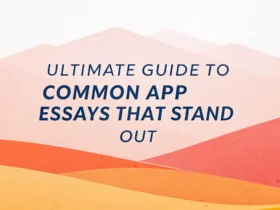


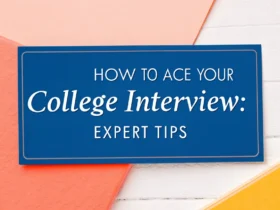
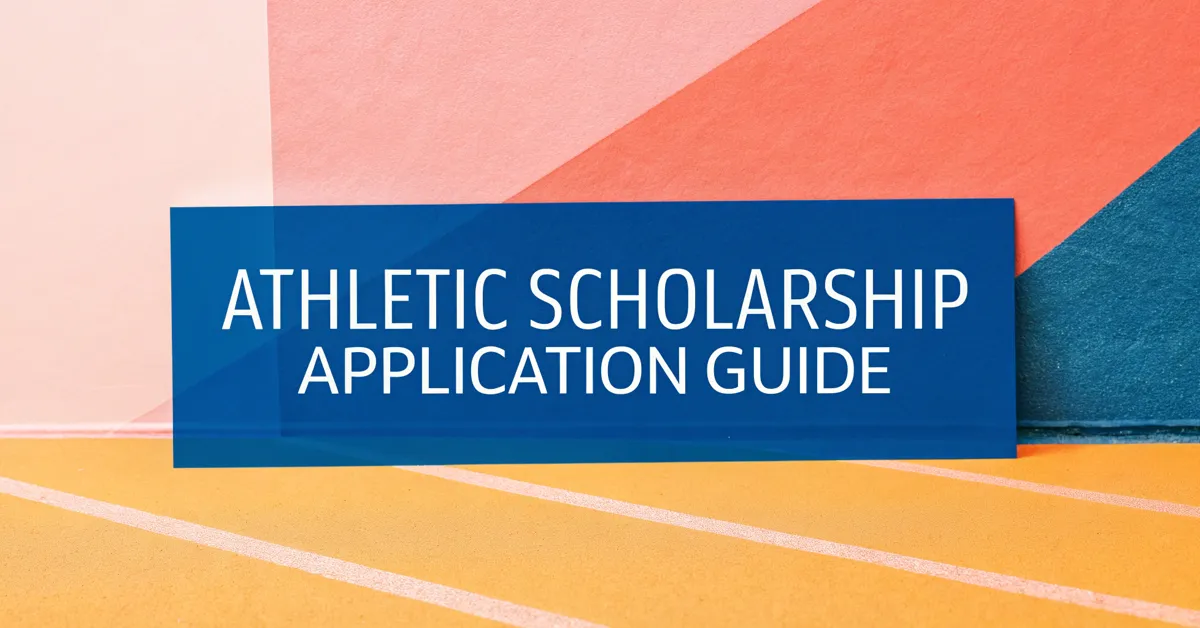
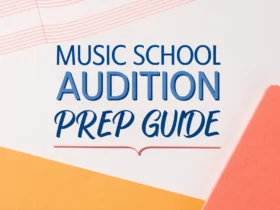





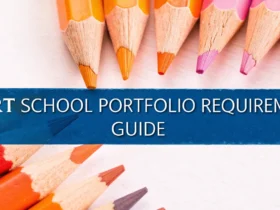

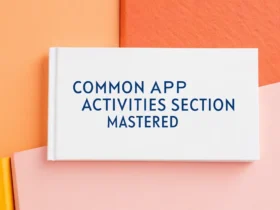
Leave a Reply
View Comments